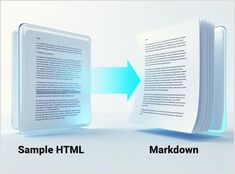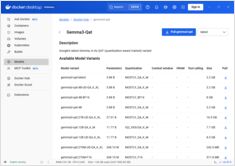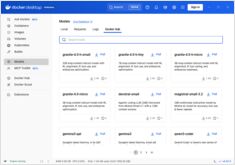
Local LLM Hosting: Complete 2025 Guide - Ollama, vLLM, LocalAI, Jan, LM Studio & More
Master local LLM deployment with 12+ tools compared
Local deployment of LLMs has become increasingly popular as developers and organizations seek enhanced privacy, reduced latency, and greater control over their AI infrastructure.















